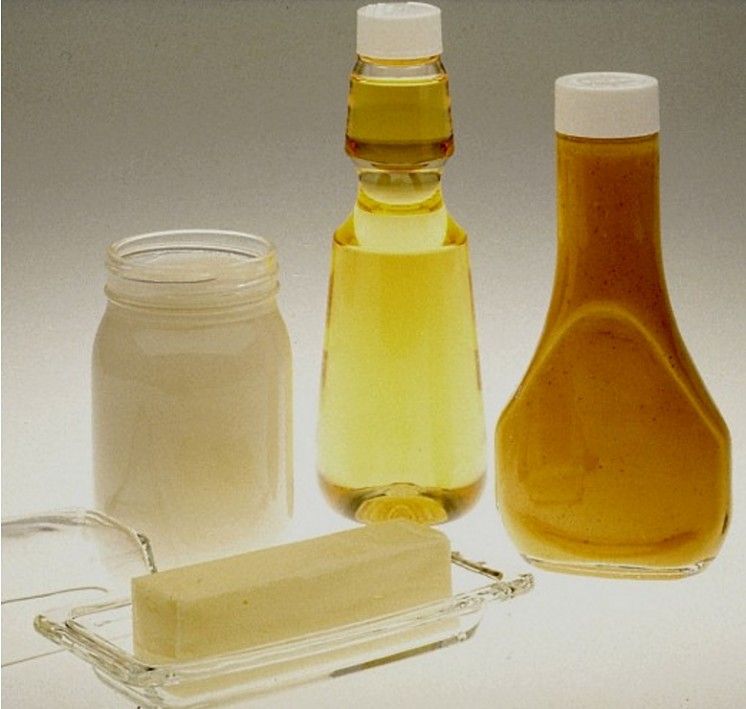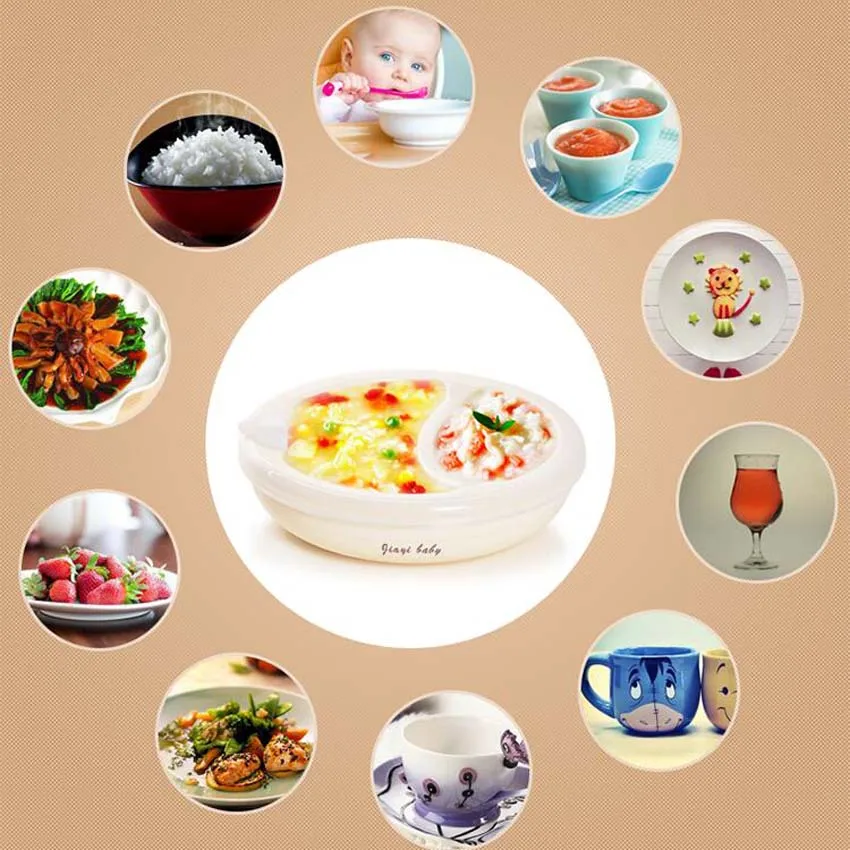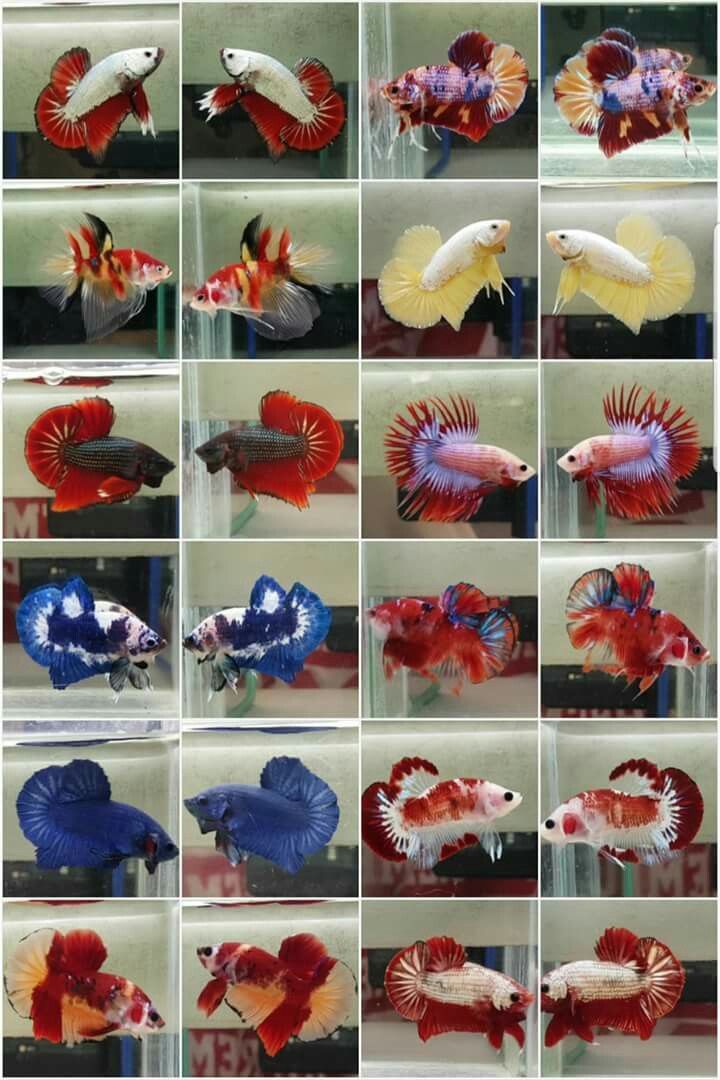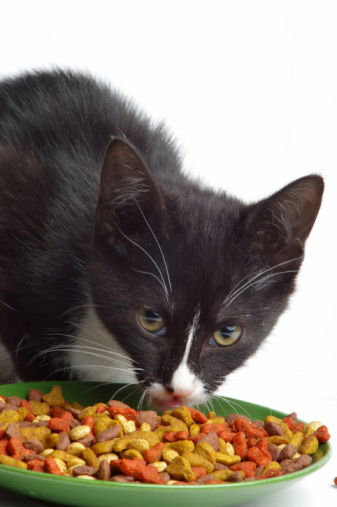Best oil for baby food
Olive Oil for Babies - First Foods for Baby
When can babies have olive oil?
Olive oil may be introduced as soon as a baby is ready to start solids, which is generally around 6 months of age.
Liquid gold
Greek philosopher Homer referred to olive oil as liquid gold, which is a fitting way to describe the healthy fat extracted from the fruit of the olive tree – an ancient plant that originated in the lands around the Mediterranean Sea millions of years ago. The plant’s exact origin is unknown, but archaeological evidence suggests people living in the region learned to press olives for their oil as early as 8,000 B.C. The innovation created more than food; historical texts show how olive oil was widely used as medicine, as fuel for lamplight, and as a symbol and tool in rituals and ceremonies.
Hundreds of varieties of olives are grown globally, from Australia to Chile to Israel to South Africa to New Zealand, which means this staple food offers a world of flavor to use in your sweet and savory cooking. Try using olive oil in place of butter in baking, drizzle your favorite flavor on fruit or grains, or take a cue from Greek lathera, a catch-all term meaning “the olive oil ones” that is used to describe any vegetable cooked in olive oil.
Is olive oil healthy for babies?
Yes. Olive oil is a good source of healthy fats and the antioxidant vitamin E, which supports healthy immune and neurological development in growing babies. Olive oil also contains polyphenols – plant compounds that offer anti-inflammatory benefits and support heart health.1 Olive oil retains its nutritional value after production if it is kept in a cool, dark environment so refrain from keeping olive oil on the countertop and store bottles away from light and heat.2 Like many oils, olive oil is perishable so don’t let an open bottle languish in the back of the pantry.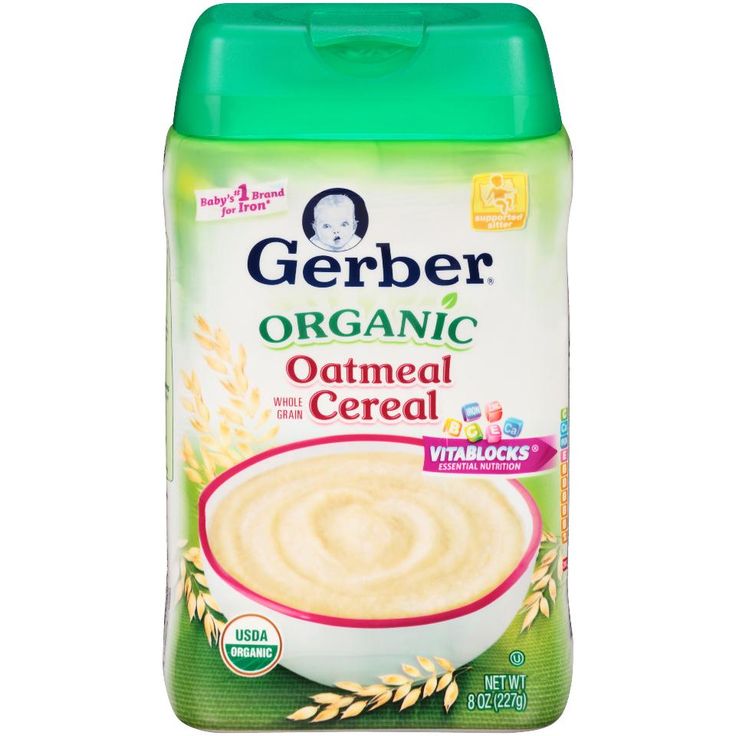 Once a bottle of olive oil is opened, the flavor begins to expire within four months.3
Once a bottle of olive oil is opened, the flavor begins to expire within four months.3
The nutritional profile of olive can change depending on how it was processed and stored. For example, extra virgin olive oil is the least strained during production, which means that it is the richest in beneficial nutrients and the highest-priced variety. Virgin olive oil and bottles marked “olive oil” are also excellent choices and will be gentler on the budget. To get the most bang for your buck, only use cold-pressed extra virgin olive oils for seasoning a finished dish or making salad dressing and use plain olive oil for cooking.
Olive oil has a smoke point around 400 degrees Fahrenheit (204 degrees Celsius) which means it’s an appropriate all-purpose oil to cook food on the stovetop and in the oven. If you’re frying or grilling or searing at higher heats, use an oil with a higher smoke point, like avocado oil, ghee, or peanut oil.
★Tip: When shopping for olive oil, look for oils stored in glass containers if possible.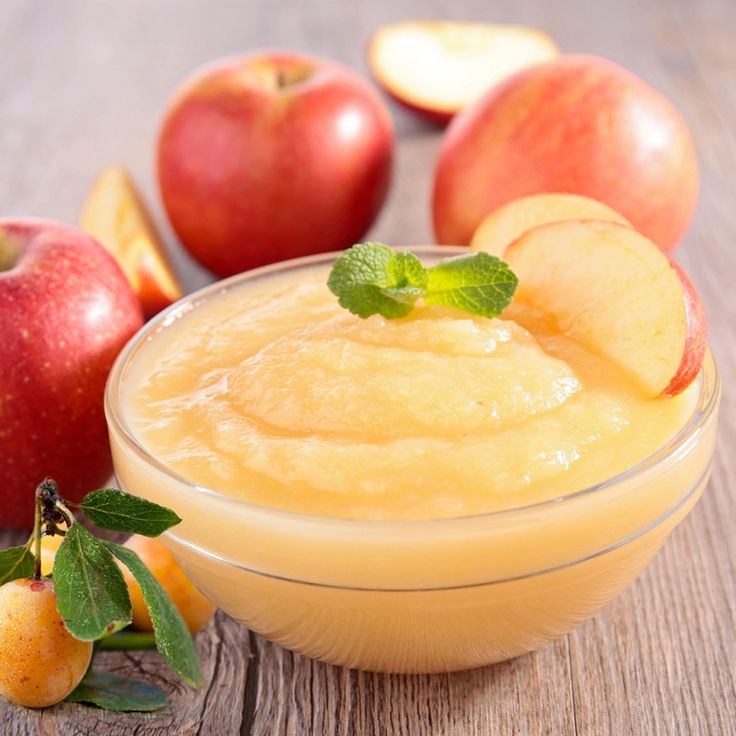 Plastic containers can contain Bisphenol A (BPA), a synthetic chemical or similar chemicals called BPS, BPAF, and BPF and may negatively affect the brain and prostate gland of infants and children.4 5 6 Additionally, because plastic containers are permeable to oxygen (which can degrade oil quality), glass containers are a more effective way to store olive oil over time.
Plastic containers can contain Bisphenol A (BPA), a synthetic chemical or similar chemicals called BPS, BPAF, and BPF and may negatively affect the brain and prostate gland of infants and children.4 5 6 Additionally, because plastic containers are permeable to oxygen (which can degrade oil quality), glass containers are a more effective way to store olive oil over time.
Which kind of olive oil is best for babies?
Choosing olive oil can be overwhelming. Good news: all olive oils (extra virgin, virgin, cold-pressed, first press, flavored, and just plain olive oil) are comparable in terms of nutrition (as long as they are the real thing) and can be used to cook food for babies and toddlers.
How do I know if olive oil is real or fake?
While it is illegal to mislabel bottles, some bottles marked as “olive oil” have been found to be stretched with other oils from nuts, soybeans, sunflower seeds, and other plants to increase profit. 7 While these adulterated olive oils are perfectly fine to use when cooking food for babies, they may not be safe for those with soy or nut allergies. Governments around the world are taking steps to address the adulteration of olive oils but regulation is not globally coordinated or enforced.
7 While these adulterated olive oils are perfectly fine to use when cooking food for babies, they may not be safe for those with soy or nut allergies. Governments around the world are taking steps to address the adulteration of olive oils but regulation is not globally coordinated or enforced.
Unfortunately, for the average consumer, detecting an adulterated olive oil can be difficult to do, though products with a “Protected Designation of Origin” logo or statement, which often is used with the acronyms PDO, PGI, DOP, DO, AOC, can offer some assurance, as they indicate that the ingredients come from a specific region in Europe. Similarly, some producers in the United States label their bottles with logos from the U.S. Department of Agriculture (USDA), the North American Olive Oil Association (NAOOA), the California Olive Oil Council (COOC), the Extra Virgin Alliance (EVA), and the Olive Oil Commission of California (OOCC). While these certifications generally suggest the product had a higher level of scrutiny, even government certification standards are voluntary and inconsistent around the world.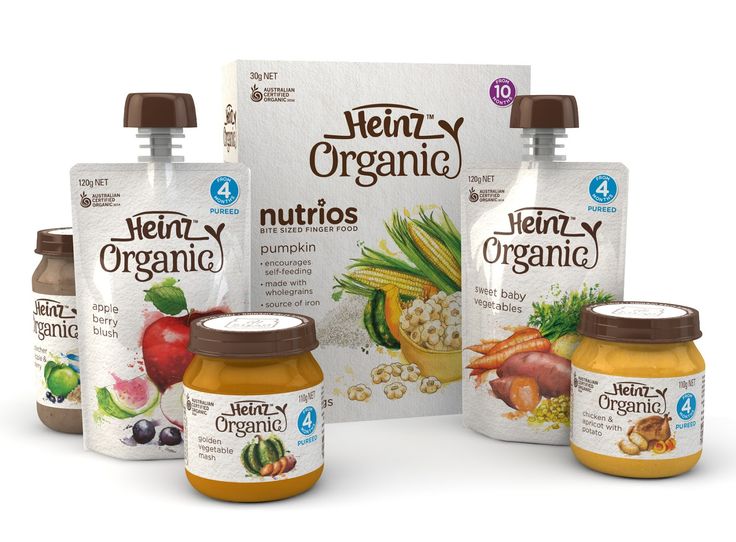
If this topic is of concern to you, don’t think twice about asking your supplier for their point of view. It is your supplier’s job to keep tabs on the brands that they are selling, and people who work in food often love to talk about food. You can also follow the American Olive Oil Producers Association and the International Olive Oil Council, which advocate for fair and consistent rules in the markets for olive oil.
Is olive oil a common choking hazard for babies?
No. Olive oil is not a common choking hazard, though, in theory an individual can choke on any food. As always, make sure to create a safe eating environment and stay within an arm’s reach of baby at mealtime.
For more information on choking, visit our sections on gagging and choking and familiarize yourself with the list of common choking hazards.
Is olive oil a common allergen?
No. Olive oil is not a common allergen. However, some olive oils are mixed with oils from other more allergenic plants like hazelnut and soybeans, so if your child has known allergies to other foods, read labels carefully. 8
8
Rare cases of contact dermatitis and food allergy to olive have occurred in areas where olives are commonly harvested.9 Certain individuals allergic to the pollen from olive trees, the Oleaceae family of plants, such as ash, privet, jasmine, and forsythia, or who have Oral Allergy Syndrome (also called pollen food allergy syndrome) may also be sensitive to eating olives.10 11 Oral Allergy Syndrome typically results in short-lived itching, burning, or tingling in the mouth and is unlikely to result in a dangerous reaction. While this sensitivity could, in theory, extend to cold-pressed or extra virgin olive oils, most individuals with allergy to the olive fruit are able to tolerate olive oil.
As you would do when introducing any new food, start by offering a small amount for the first few servings. If there is no adverse reaction, gradually increase the amount served over future meals.
Recommended Guide: Introducing Allergens to Babies
How do you introduce olive oil to babies with baby-led weaning?
Every baby develops on their own timeline, and the suggestions on how to cut or prepare particular foods are generalizations for a broad audience. Your child is an individual and may have needs or considerations beyond generally accepted practices. In determining the recommendations for size and shape of foods, we use the best available scientific information regarding gross, fine, and oral motor development to minimize choking risk. The preparation suggestions we offer are for informational purposes only and are not a substitute for child-specific, one-on-one advice from your pediatric medical or health professional or provider. It is impossible to fully eliminate all risk of a baby or child choking on any liquid, puree, or food. We advise you to follow all safety protocols we suggest to create a safe eating environment and to make educated choices for your child regarding their specific needs. Never disregard professional medical advice or delay in seeking it because of something you have read or seen here.
Your child is an individual and may have needs or considerations beyond generally accepted practices. In determining the recommendations for size and shape of foods, we use the best available scientific information regarding gross, fine, and oral motor development to minimize choking risk. The preparation suggestions we offer are for informational purposes only and are not a substitute for child-specific, one-on-one advice from your pediatric medical or health professional or provider. It is impossible to fully eliminate all risk of a baby or child choking on any liquid, puree, or food. We advise you to follow all safety protocols we suggest to create a safe eating environment and to make educated choices for your child regarding their specific needs. Never disregard professional medical advice or delay in seeking it because of something you have read or seen here.
6 to 12 months old: Use olive oil liberally in your cooking and drizzle olive oil on fish, meat, grains and other foods for an extra boost of nutrition. If you like, pour a small amount directly on their tray or a plate and let baby finger paint and taste along the way.
If you like, pour a small amount directly on their tray or a plate and let baby finger paint and taste along the way.
12 to 24 months old: This is a great age to introduce olive oil on its own as a dipping sauce with bread to teach toddlers about the taste of the oil.
How often should you offer solids? See our sample feeding schedules for babies of every age.
Recipe: Citrusy Olive Oil Dressing
Yield: 1 cup (150 grams)
Cooking Time: 20 minutes
Age: 6 months+
Ingredients
- 1 medium cassava (yuca), carrot, zucchini, or vegetable of choice
- 1 tablespoon (13 grams) olive oil
- 1 teaspoon (5 grams) lemon, lime, or orange juice or citrus juice of choice
Directions
- Wash, dry, and cut the vegetable into age-appropriate sizes.
- Place the veggies in a steamer basket in a pot. Add enough water to cover the bottom of the pot by 1 inch.
- Cover and bring the pot to a boil.
- Cook until the veggies are soft, between 5 and 20 minutes depending on the size of the cut veggies.
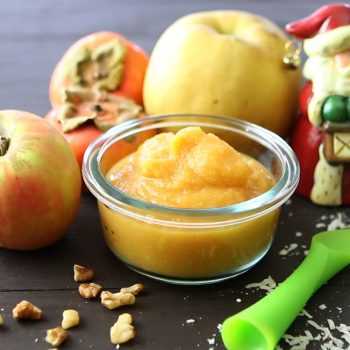 Larger, wider cuts take longer than smaller, bite-sized pieces.
Larger, wider cuts take longer than smaller, bite-sized pieces. - When the veggies are done, uncover the pot and transfer the veggies to a mixing bowl.
- Drizzle the oil and citrus juice directly on the veggies or if you prefer, whisk the oil and citrus juice until the dressing is emulsified. Your choice! If you like to meal prep, make a big batch of dressing by scaling up the ratio of 1 tablespoon (13 grams) to 1 teaspoon (5 grams).
- Gently toss to coat the veggies in the dressing. Cool to room temperature before serving.
- Scoop some vegetables onto the child’s plate. Exact serving size is variable. Let a child’s appetite determine how much is eaten.
- Serve and let the child self-feed by scooping with hands. If help is needed, pass a piece of vegetable in the air for the child to grab from you.
To Store: Leftover steamed veggies seasoned with olive oil and citrus juice keeps in an air-tight container in the fridge for up to 4 days.
Flavor Pairings
Olive oil has hints of bitterness and spice that compliment sweet and tart flavors in fruits and vegetables like apple, artichoke, asparagus, butternut squash, cherries, mango, nectarine, onion, papaya, peach, pear, romanesco, and sweet potato.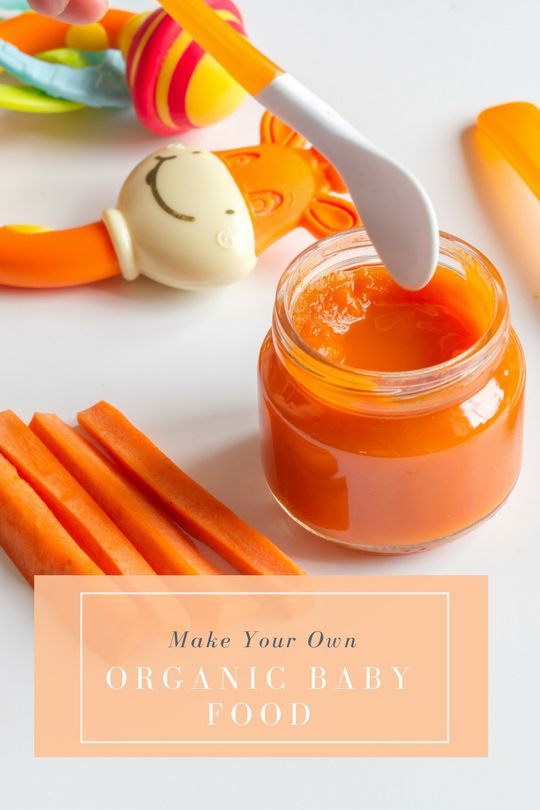 Olive oil can also balance the acidity in foods like blueberry, lemon, lime, pineapple, pomegranate, tomato, and yogurt. When olive oil is used to cook, the pungent flavor mellows and adds smoothness to foods; try using olive oil to cook protein-rich legumes like black eyed-peas, cannellini bean, chickpea, fava bean, garden pea, green bean, lentil, or lima bean and hearty meats and fish like bison, chicken, egg, lamb, pork, salmon, or venison. Or simply use olive oil to season a bowl of pasta or grains like couscous, freekeh, quinoa, or rice.
Olive oil can also balance the acidity in foods like blueberry, lemon, lime, pineapple, pomegranate, tomato, and yogurt. When olive oil is used to cook, the pungent flavor mellows and adds smoothness to foods; try using olive oil to cook protein-rich legumes like black eyed-peas, cannellini bean, chickpea, fava bean, garden pea, green bean, lentil, or lima bean and hearty meats and fish like bison, chicken, egg, lamb, pork, salmon, or venison. Or simply use olive oil to season a bowl of pasta or grains like couscous, freekeh, quinoa, or rice.
Reviewed by
E. Cerda, MSN, CNS, LDN
A. Gilbaugh, RD, CNSC
K. Grenawitzke, OTD, OTR/L, SCFES, IBCLC, CNT
S. Bajowala, MD, FAAAAI. Board-Certified Allergist & Immunologist (allergy section)
R. Ruiz, MD, FAAP. Board-Certified General Pediatrician & Pediatric Gastroenterologist
- Romani, A., Ieri, F., Urciuoli, S., Noce, A., Marrone, G., et al. (2019).
 Health Effects of Phenolic Compounds Found in Extra-Virgin Olive Oil, By-Products, and Leaf of Olea europaea L. Nutrients, 11(8). DOI:10.3390/nu11081776. Retrieved June 8, 2021.
Health Effects of Phenolic Compounds Found in Extra-Virgin Olive Oil, By-Products, and Leaf of Olea europaea L. Nutrients, 11(8). DOI:10.3390/nu11081776. Retrieved June 8, 2021. - de la Torre-Robles, A., Monteagudo, C., Mariscal-Arcas, M., Lorenzo-Tovar, M. L., Olea-Serrano, F., et al (2019). Effect of Light Exposure on the Quality and Phenol Content of Commercial Extra Virgin Olive Oil during 12-Month Storage. Journal of the American Oil Chemists’ Society, 96(4), 381–389. DOI:10.1002/aocs.12198. Retrieved June 8, 2021.
- United States Department of Agriculture. (2019). What is the expiration date for cooking oil? Retrieved June 4, 2021.
- European Food Safety Authority. Bisphenol A. Retrieved June 8, 2021.
- California Office of Health Hazard Assessment. Bisphenol A (BPA) and Proposition 65: Frequently Asked Questions. Retrieved June 8, 2021.
- Mayo Clinic. What is BPA and what are the concerns about BPA? Retrieved June 18, 2021.
- Srigley, C.T., Oles, C.
 J., Reza Fardin Kia, A., Mossoba, M.M. (2015). Authenticity Assessment of Extra Virgin Olive Oil: Evaluation of Desmethylsterols and Triterpene Dialcohols. Journal of the American Oil Chemists’ Society, 93(2), 171-181. DOI:10.1007/s11746-015-2759-4. Retrieved June 10, 2021.
J., Reza Fardin Kia, A., Mossoba, M.M. (2015). Authenticity Assessment of Extra Virgin Olive Oil: Evaluation of Desmethylsterols and Triterpene Dialcohols. Journal of the American Oil Chemists’ Society, 93(2), 171-181. DOI:10.1007/s11746-015-2759-4. Retrieved June 10, 2021. - Srigley, C.T., Oles, C.J., Reza Fardin Kia, A., Mossoba, M.M. (2015). Authenticity Assessment of Extra Virgin Olive Oil: Evaluation of Desmethylsterols and Triterpene Dialcohols. Journal of the American Oil Chemists’ Society, 93(2), 171-181. DOI:10.1007/s11746-015-2759-4. Retrieved June 10, 2021.
- Esteve, C., Montealegre, C., Marina, M.L., García, M.C. (2012). Analysis of olive allergens. Talanta, 92, 1–14. DOI:10.1016/j.talanta.2012.01.016. Retrieved June 8, 2021.
- American Academy of Allergy Asthma & Immunology. Oral Allergy Syndrome (OAS) – Retrieved July 23, 2021.
- Unsel, M., Ardeniz, O., Mete, N., Ersoy, R., Sin, A.Z., et al. (2009). Food allergy due to olive. Journal of Investigational Allergology and Clinical Immunology, 19(6), 497-9.
 PMID: 20128426. Retrieved June 8, 2021.
PMID: 20128426. Retrieved June 8, 2021.
Which is the Best Cooking oil for Babies?
Parents today are extra-conscious about what their children eat and they are NOT wrong in their concern. The easy availability of junk food and growing obesity among children is no doubt a cause for growing concern among parents. Finding out which is the best cooking oil for babies is also a concern for all parents.
It is difficult to make out the quantity of sugar, quality, and quantity of fats/oils and other micro-ingredients that are added to junk and packaged food. Even in those labeled as healthy foods, unknown quantities of fats and sugars can be present. Our media and health industry projects the “culprit of all illnesses” as fats.
Our supermarket shelves are stocked with low fat, cholesterol free, trans-fat free refined oils. But are these oils safe as they claim to be? Can these oils be consumed without any restriction as these are low fat?
Also read: 11 Amazing Benefits Of Olive Oil For Baby Food
What effects do these oils have on babies? What are the oils best-suited for babies’ consumption? There are innumerable number of questions on parents’ minds. Let us understand about why oils are necessary and also which is the best cooking oil for babies.
Let us understand about why oils are necessary and also which is the best cooking oil for babies.
YES. Fat is good for your baby and is necessary as well. The key is to include good fats in limited quantities. Good fat is very much essential for growing babies as they help in cell repair, brain development, and bone & organ growth. Fats are also needed for the body to absorb Vitamins A, D, E & K.
Oils and fats also act as a lubricant during digestive process and prevent constipation. In fact, breast milk is comprised mostly of fat which is very nourishing to the baby.However, excess use of oils and fats in your baby’s food can lead to obesity and other serious health conditions in the long term. The key is to monitor the quantity of oil you are serving to your baby.
Which is the Best Cooking Oil for Babies? Should you use refined oils to cook your baby’s food?Not Advisable.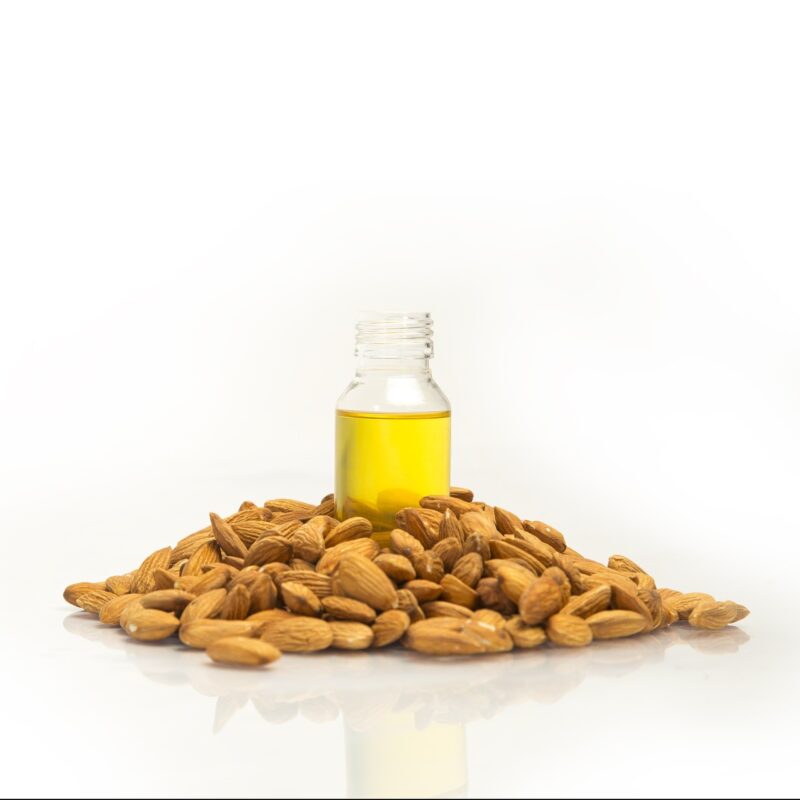
Refined oils are oils that are subject to chemical processing at very high temperatures, which causes them to lose most of the nutrients along with the flavor. As the oil is subjected to extreme heat, there are high chances of toxic substances getting created in the oil and also, the essential amino acids are destroyed. Since there is no nutritive value in the refined oil, consuming such oils has no health benefits for the babies.
Also read: Benefits Of Massaging Your Baby With Coconut Oil In Winters
What Oils and Fats are Suitable for Babies?You can use any oils that were traditionally used in our cuisine such as groundnut oil, mustard oil, coconut oil or sesame oil. Alternatively, you can also use sunflower oil or olive oil for the new-age recipes.
Always use cold-pressed and filtered oils rather than refined oils. Cold-pressed are obtained by pressing the oil seeds at very low temperatures and is then filtered to remove any leftover particles. Filtered oils retain their original flavors and retain most of their nutrients. Since these oils tend to turn rancid soon, the manufacturer usually uses fresh and good quality raw materials for better taste and long storage.
Filtered oils retain their original flavors and retain most of their nutrients. Since these oils tend to turn rancid soon, the manufacturer usually uses fresh and good quality raw materials for better taste and long storage.
Also, ghee is an excellent option to use for preparing your baby’s food. Ghee has antifungal and antiviral properties and promotes lubrication of joints. It aids digestion and also increases skin tone. Butter is also suitable as a breakfast spread for items like dosa, idli, paratha etc. Before introducing an oil for your baby, ensure that your baby is not allergic to the contents of the oil.
Benefits of using Tradition Oils
While preparing food for your baby, you can always follow the age-old method to decide the best oil for the recipe. Groundnut oil suits best for upma, the east Indian recipes may never taste the same without mustard oil and South Indian rasam may not taste good without tempering with ghee.
However, you should avoid mixing oils as different oils can have different heating temperatures which can affect the flavor of the food and may potentially cause loss of nutrients in the oil with low smoking point.
Let us understand the benefits of some of the traditional oils.
Groundnut Oil:- Has high smoking point.
- Rich in MUFA (Monounsaturated Fatty Acids).
- May not be suitable for those allergic to groundnuts.
- Has a long shelf life.
- Gives a unique taste to dishes.
- Has antifungal and antiviral properties.
- Contains high quantity of lauric acid which is very good for skin and digestion.
- Not suitable for frying.
- Can be used for salad dressing and for stir-frying.
- Has a pungent taste.
- Rich in MUFA and PUFA (Polyunsaturated Fatty Acids).
- Can be used for frying and for tempering various dishes.
- Has a nutty flavor.
- Rich in Vitamin K.
- Usually not used for frying.
- Very suitable for tempering.
- Has a high smoking point.

- Rich in fat-soluble vitamins.
- It is hypo-allergenic as the lactose contents are removed.
- Very good for digestion as it is loaded with short-chain fatty acids called as Butyric acid.
Also read: Benefits of Almond Oil For Babies
Which oils/fats are to be avoided?Oils and fats such as canola oil, vanaspati or margarine, which are made either from genetically modified raw materials or through extensive refinement can be avoided altogether. Such oils/fats have no nutritional benefits and are high in trans fats, which can be linked to obesity and other illnesses.
Final WordsOils and Fats are essential for our well-being just like vitamins, proteins, carbohydrates etc. It should be a compulsory ingredient in your baby’s diet but in the right quantity.
Always choose organic, cold-pressed and filtered oils rather than refined oils to derive maximum health benefits. You can also choose to add ghee to your baby’s food or use butter as a breakfast spread.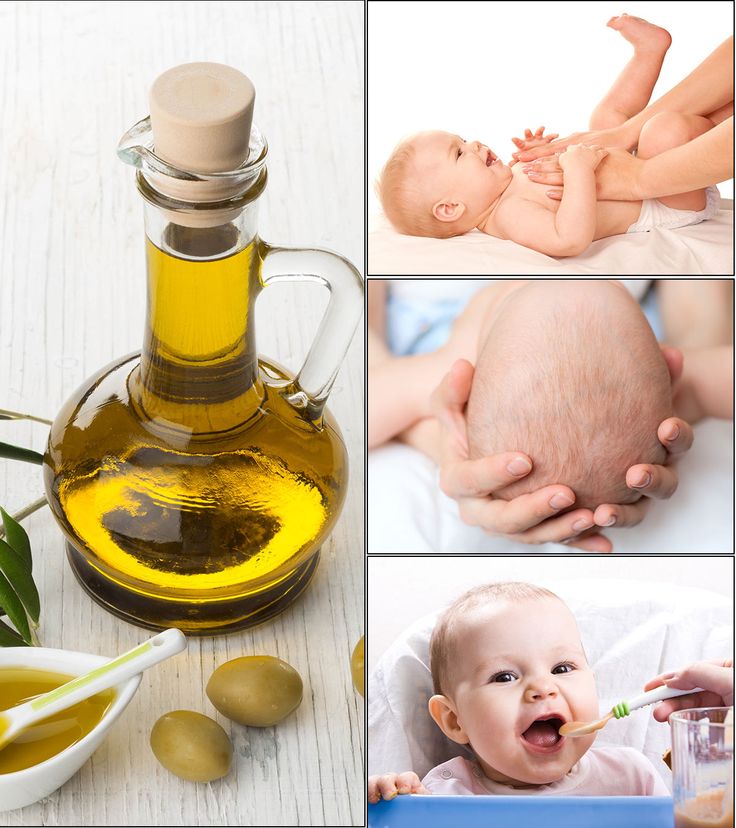 Though there are many oils which are suitable for babies, use your discretion to choose the best one for your baby.
Though there are many oils which are suitable for babies, use your discretion to choose the best one for your baby.
You can use different oils for different dishes as the recipe demands. However, avoid mixing different types of oils.
Also read: Benefits Of Mustard Oil For Babies
Want to share your mommy experience with other moms through words or images? Become a part of the Moms United community. Click here and we will get in touch with you
null
null
TOP 9 best baby oil, how to choose
Baby oil is an indispensable tool for newborn skin care. It restores water balance, nourishes and moisturizes the delicate skin of the baby. The oil is used during water procedures, during massage and after bathing.
Children's skin is sensitive to external influences, and therefore the oil must be hypoallergenic, based on natural ingredients.
Important! What should not be in the composition of the oil for the newborn:
- Paraffin;
- Parabens;
- Aluminum stearate;
- Oils of mineral origin;
- Propylene Glycol;
- Cetearyl alcohol.
Contents
- 9 best baby oils
- 9. Baby oil for care and massage World of childhood
- 8. Johnson's Baby Baby oil
- 7. Librederm oil for newborns, babies and children Top
- Baby skin care oil
- 5. Bubchen Calendula skin care oil
- 4. Natura Siberica Baby softening oil for massage and skin moisturizing Siberica Biberika Gentle baby
- 3. Mommy Care Organic baby massage oil
- 2. Mustela Massage oil
- 13 .90 Helan Protective Emollient Baby Oil
9. Baby oil for care and massage Mir detstva
Moisturizing baby oil of the budget series, in no way inferior to its analogues. Clinically tested baby skin care product suitable from the first days of life. The composition does not contain silicones, parabens and dyes. While the active ingredient is vitamin E, it eliminates dryness and diaper rash. Almond and olive oils nourish and fortify the baby's skin.
The composition does not contain silicones, parabens and dyes. While the active ingredient is vitamin E, it eliminates dryness and diaper rash. Almond and olive oils nourish and fortify the baby's skin.
Benefits:
- Non-allergenic;
- Organic composition;
- Comfort spray;
- Dispenser;
- Value for money;
- 0+.
Drawbacks:
- None.
Baby oil for care and massage Mir detstva
8. Johnson’s Baby Baby oil
Moisturizing oil of the famous brand, gives a feeling of lightness and tenderness and is great for massage.
Dermatologically tested oil suitable for dry and normal skin from the first days of life. The product contains ingredients of natural origin.
Advantages:
- Also suitable for adults;
- Light texture;
- Leaves no marks on clothes;
- Proven manufacturer.
- Safe formulation;
- Economy consumption;
- Affordable price;
- Free from dyes and parabens.
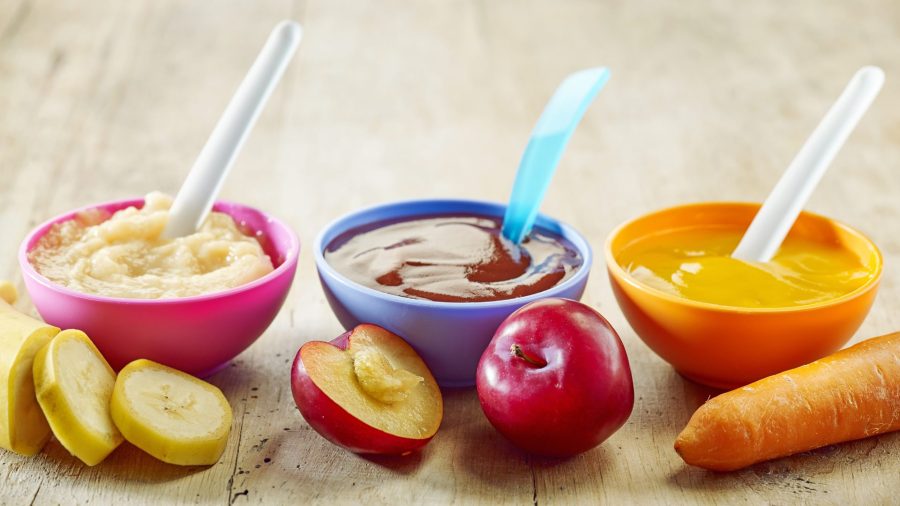
Faults:
- Fragrance;
- There are often fakes.
Johnson's Baby Oil
7. Oil for newborns, babies and children Librederm baby
The clinical safety of the oil has been proven by numerous tests, as well as reviews by mothers. Without chemical irritants, hypoallergenic composition, gently cares for baby's skin from the first days. Grape seed oil in the composition, gently cleanses the thin cover and exfoliates. Vitamin E regulates the hydrolipidic balance. The texture spreads well without sticking, the smell is very light and unobtrusive.
Benefits:
- Harmless ingredients;
- Elimination of dryness and irritation;
- Dermatologist approved;
- Vitaminized;
- 0+;
- Prevention of dermatitis;
- Hypoallergenic;
- Free of dyes and parabens;
- Does not contain sulfates.
Drawbacks:
- None.
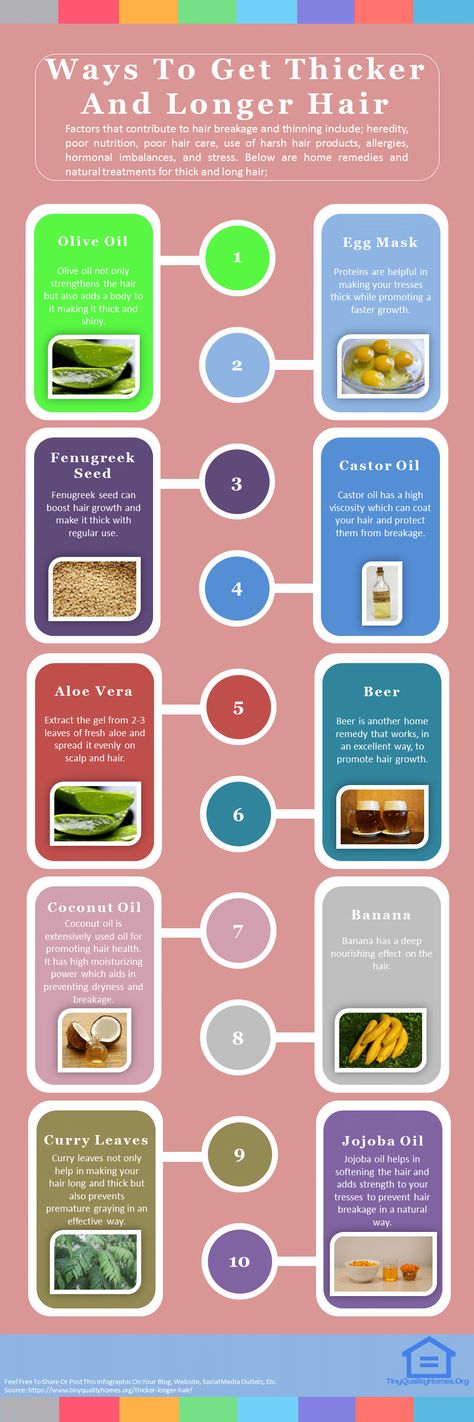
Oil for babies, babies and children Librederm baby
6. Topfer Baby skin care oil
Baby oil from a German manufacturer, is very effective and suitable for fragile and sensitive skin. Thanks to him, you can painlessly soften and remove the dried crust, clean the folds, and also apply during the appearance of diaper rash, rashes and wounds. During the massage, the oil is easily absorbed into the skin, controlling the moisture balance. Jojoba oil, almond oil, calendula extract.
Benefits:
- Antiseptic effect;
- Moisturizes, nourishes and cleanses the skin;
- Anti-inflammatory effect;
- Texture;
- Organic composition;
- Non-tacky;
- Increased immune defense of the epidermis;
- Optimal consistency;
- Free of sulfates and parabens.
Faults:
- Not found.
Topfer Baby skin care oil
5.
 Bubchen Calendula skin care oil
Bubchen Calendula skin care oil
German brand cosmetic oil with excellent moisturizing properties. Vegetable oils in the composition vitaminize the baby's skin, and also relax it during massage and water procedures. The oil also provides a natural protective barrier to the skin, gently cleansing it. All components of the product are carefully selected and controlled, so that the quality of German products is always at the proper level.
Benefits:
- Fragrance free;
- Light consistency;
- Free of dyes and preservatives;
- Absorbs quickly;
- Economy consumption;
- Universal;
- Safe formulation;
- Wide range;
- Verified brand;
- Affordable price;
- Board of Obstetricians and Dermatologists;
- Hypoallergenic;
- 0+;
- UV protection;
- Easy to apply;
- Soothes irritations.
Disadvantages:
- A small amount of perfume in the composition;
- Without dispenser.

Bubchen Skin care oil Calendula
softens baby's skin. The oil has an antiseptic and anti-inflammatory effect. The soothing effect during the massage will definitely be guaranteed. The elastic structure of the oil does not clog pores and does not leave marks on clothes. Rich in vitamin E, wheatgrass has anti-inflammatory and antioxidant effects. Rosehip oil in the composition, increases the immunity of the skin, increasing the lipid mantle. Flax oil gives an antiseptic effect, oregano extract gives a pleasant herbal aroma.
Benefits:
- Fragrance free;
- Heals cracks;
- Universal use;
- Free of parabens & sulfates;
- Delicate fragrance;
- Natural composition;
- Good texture;
- Economy consumption;
- Effective elimination of diaper rash and rashes;
- Antiseptic effect;
- Anti-inflammatory effect;
- ICEA environmental certificate;
- Reasonable price;
- Positive feedback.
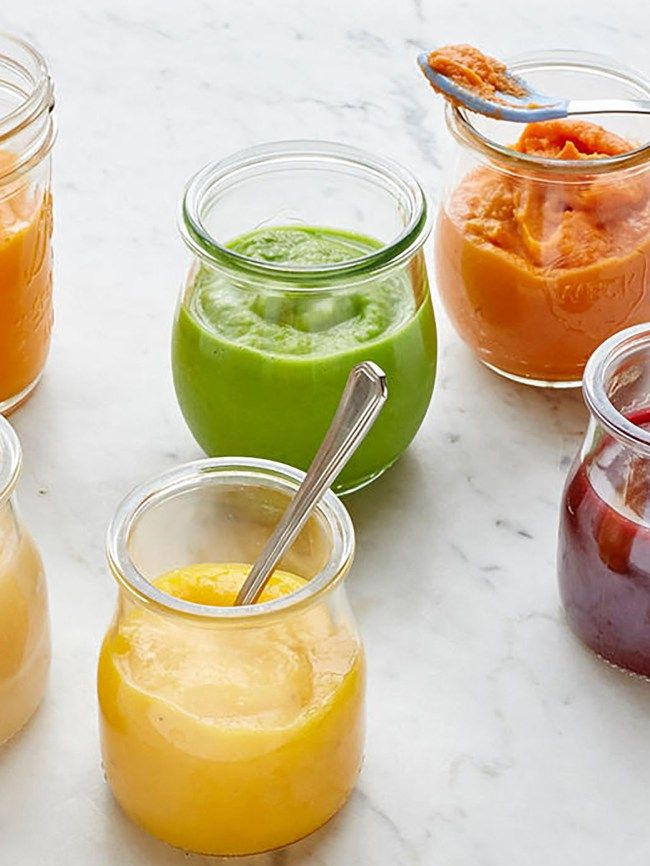
Drawbacks:
- None.
Natura Siberica Baby softening oil for massage and skin moisturizing Siberica Biberika Gentle baby
3. Mommy Care Organic baby massage oil . Sweet almonds and wheat germ have a high moisturizing effect, saturating the body with vitamins. Lavender and chamomile soothe and relax the skin, thereby setting you up for restful sleep. Light texture absorbs quickly without leaving a film
Benefits:
- Anti-inflammatory effect;
- Universal;
- Effective;
- Fragrance free;
- Economy consumption;
- Light texture;
- Natural composition;
- Prevention of dermatitis;
- Free of parabens and sulfates;
Disadvantages:
- Cost.
Mommy Care Organic Baby Massage Oil
2. Mustela Massage Oil
Soothing and hydrating baby oil, quickly absorbed and ideal for a relaxing massage. Natural hypoallergenic composition guarantees safety and gentle protection. The composition does not contain mineral components, sulfates and parabens. The indisputable advantage of the French brand cosmetic product is its non-sticky consistency, which does not leave stains on clothes. The composition of the oil contains only environmentally friendly components of plant origin.
Natural hypoallergenic composition guarantees safety and gentle protection. The composition does not contain mineral components, sulfates and parabens. The indisputable advantage of the French brand cosmetic product is its non-sticky consistency, which does not leave stains on clothes. The composition of the oil contains only environmentally friendly components of plant origin.
Benefits:
- Hypoallergenic;
- Buyers' Choice;
- Fragrance free;
- Absorbs well;
- Nice texture;
- 0+;
- Antiseptic effect;
- Therapeutic effect;
- Effective;
- Convenient packaging and dispenser;
- Leaves no greasy residue;
- Good reviews;
- Universal action;
- High fatty acid content.
- Reasonable price.
Faults:
- Not found.
Mustela Massage Oil
1. Helan Baby Protective Emollient Oil
The undisputed leader of Italian production, distinguished by a number of undeniable advantages and reliable organic composition.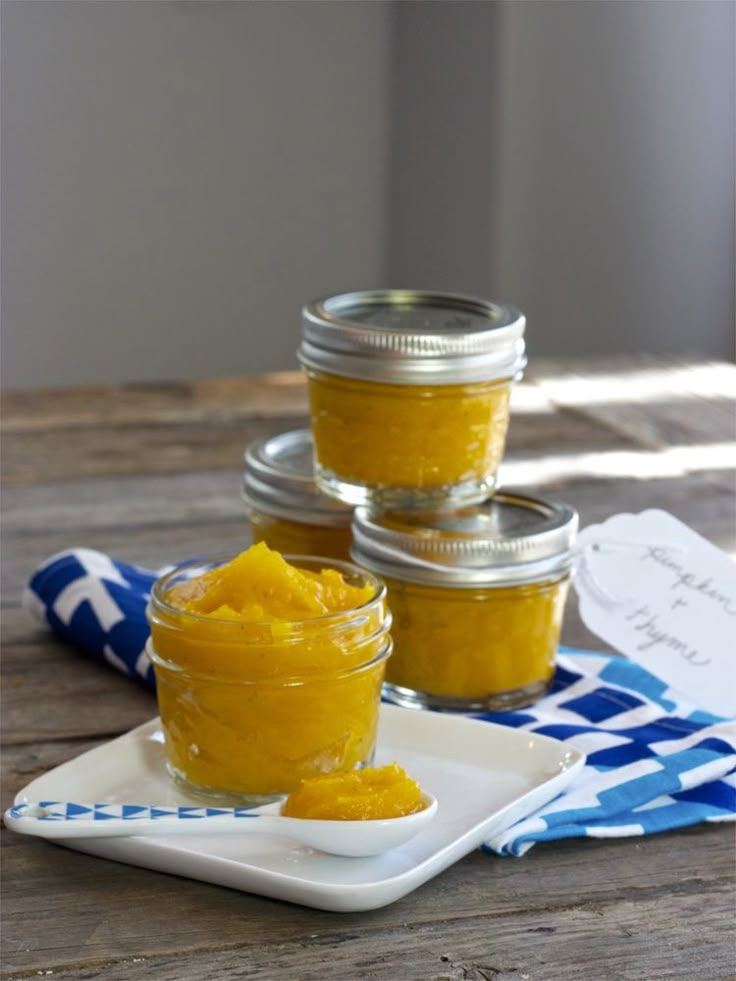 Pleasant and light aroma, dense texture
Pleasant and light aroma, dense texture
The oil has healing properties for dry skin, it can be used from the first days of life, it is absolutely hypoallergenic. It will effectively help in removing the postpartum crust on the head, as well as diaper rash and treatment of the diaper area, preventing redness. Thanks to a careful processing system, the ingredients have retained their beneficial properties. Grape seed oils, calendula extract, sweet almonds, carrots, olives have a healing and regenerating effect.
Benefits:
- Hypoallergenic;
- 0+;
- PH skin balance;
- Delicate;
- Quality natural ingredients;
- Positive feedback;
- Universal;
- Fragrance free;
- Texture;
- Handy dispenser;
- Safe formulation;
- Chemical free;
- Absorbs well;
- Efficient.
Drawbacks:
- Cost.
Helan Baby Protective Emollient Oil
Newborn Oil Selection Criteria:
- Hypoallergenic, botanical formula;
- Baby oil should be purchased either from a pharmacy or specialized stores;
- Ideally, the oil should be odourless, a barely perceptible odor at most;
- The consistency of the product should be light and quickly absorbed, and should not leave greasy marks.
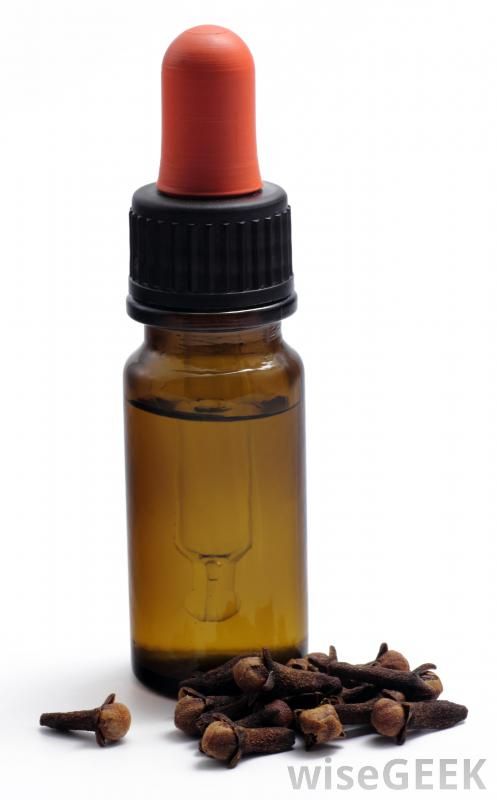
- The bottle is desirable to be glass, dark in color and with a dispenser
The Top 9 Best Baby Oils are designed to help parents, with so many products, make the right choice in favor of safe and up-to-date. If you have any questions, leave a comment and we will be happy to answer you.
6 best baby oils - Rating 2022
Updated: 02/06/2022 Amniotic fluid takes care of the delicate skin of a baby in the mother's womb. A newborn baby is completely defenseless to the outside world. The covers of the crumbs do not immediately acquire protective properties, and the baby experiences a lot of unpleasant sensations associated with diaper rash, dryness and irritation.
While the skin is learning to develop barrier functions, modern manufacturers offer parents help in the form of children's cosmetics - caring oil.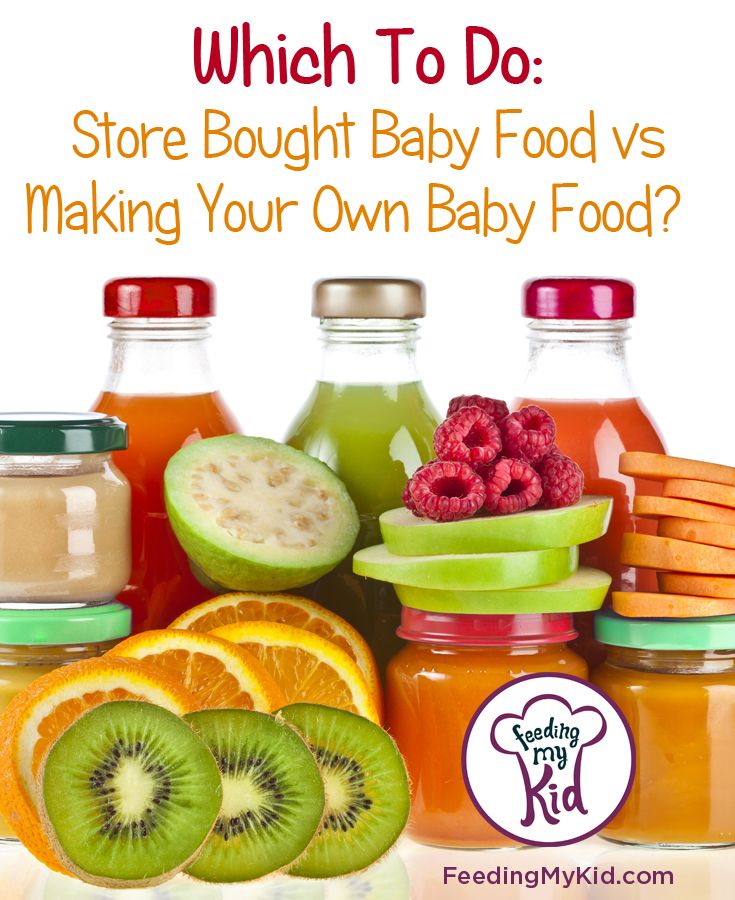 With the help of such a tool, you can not only soften and moisturize the problem areas of the baby, but also give a massage.
With the help of such a tool, you can not only soften and moisturize the problem areas of the baby, but also give a massage.
Conventionally, all baby oils can be divided into several types:
- Nutritious. Contains special caring ingredients that nourish baby's skin.
- Moisturizers. Products used to moisturize baby's skin, which is prone to dryness and damage.
- Calming. Designed for especially sensitive baby skin prone to irritation.
- Massage. Apply before massage. It facilitates rubbing, warms up the baby's skin before the procedure, improves microcirculation.
- Purifying. Can be used to gently cleanse delicate baby skin from impurities.
According to the type of origin, the products are:
- Organic. All vegetable oils. Depending on the source of receipt, organic has various caring functions. Its only drawback is that, due to allergenicity, it can cause irritation.

- Inorganic. Care products based on mineral oil, which is absolutely inert, does not cause allergies. Effective in combating excessive dryness of the baby's skin. Ideal for use on babies.
What to look for before buying:
- Composition. It should be minimal and contain only oil and natural caring ingredients. No artificial fragrances, colors or harmful preservatives.
- Baby's age. Usually, the manufacturer applies the appropriate marking on the packaging. Otherwise, the mother should choose hypoallergenic cosmetics intended only for small children.
- Purpose and caring properties. Here it is necessary to be guided by the preferences of the baby. For example, when choosing a massage oil, you should get by with a simple, inexpensive option, and for skin prone to diaper rash and irritation, purchase a product with soothing extracts in the composition.
- Aroma. Ideally, baby oil should not contain any fragrance.
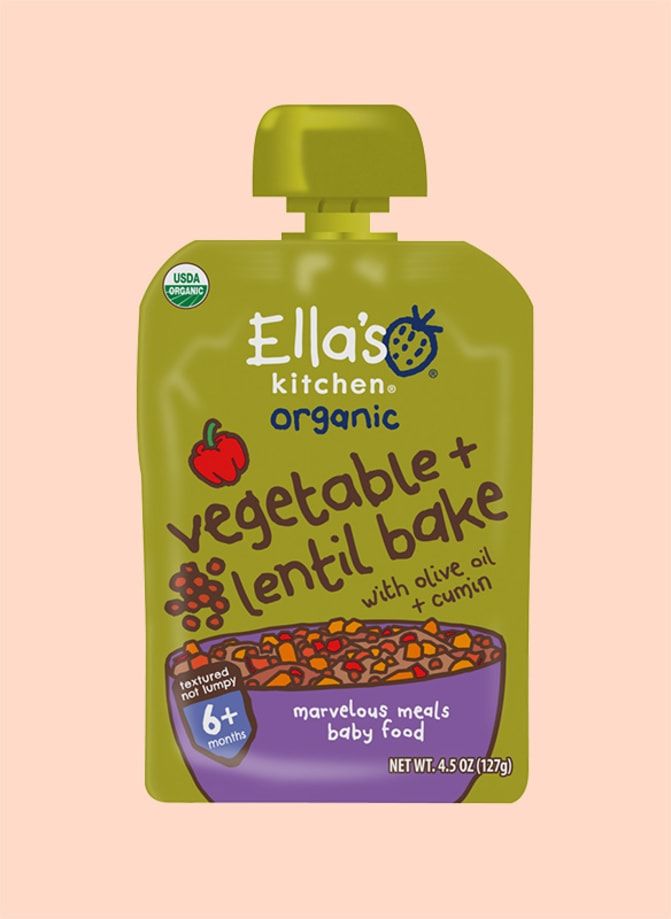 But sometimes a manufacturer scents their products, for example, using a soothing lavender extract. The smell of the product should be natural, unsharp and in no case have any rancid notes.
But sometimes a manufacturer scents their products, for example, using a soothing lavender extract. The smell of the product should be natural, unsharp and in no case have any rancid notes. - Handy packaging. Well, if the lid of the package is equipped with a dispenser. It is better to avoid bottles with a wide neck to prevent inadvertent spillage of the contents when directly removing it.
- Expiry date. Never buy a product that has expired or is approaching its expiration date. Oil is used sparingly and it will be a pity if the expired product has to be thrown into the trash because it is unusable.
Introducing the ranking of baby oils 2022. The top 6 products, which were selected by our experts based on user reviews and ratings.
| Rating (2022) | Prices, ₽ | Country |
|---|---|---|
| 1. Weleda marigold unscented | from 1060₽ | Germany |
2.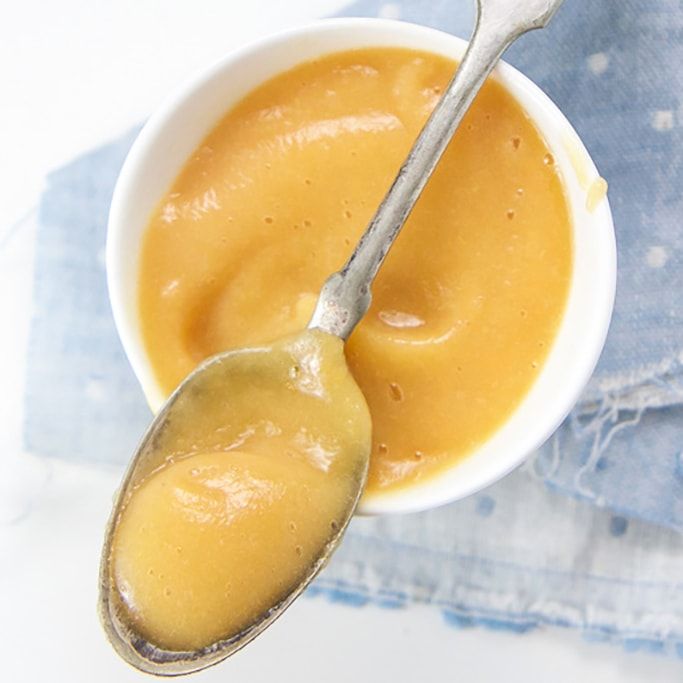 Mustela Mustela | from 890₽ | France |
| 3. Pigeon | from 300₽ | Japan |
| 4.Bubchen | from 200₽ | Germany |
| 5. My sunshine | from 130₽ | Russia |
| 6. Johnson's Baby | from 200₽ | Italy |
See also: 11 best bath products for newborns
6 Johnson's Baby
The rating of the best is opened by Johnson's Baby baby oil. The company has been producing products for kids of various directions for several decades.
The product is based on liquid paraffin or vaseline oil. The latter is nothing more than refined mineral oil. It is colorless, odorless, tasteless and does not come into contact with baby's delicate skin.
Forms a thin film upon application, which enhances the barrier properties of the skin. The product does not clog pores, helps retain moisture on the surface of the integument, softens, and does not cause allergic reactions. In addition to cosmetic preparations, it has found wide application in medicine and even in the food industry.
In addition to cosmetic preparations, it has found wide application in medicine and even in the food industry.
The second ingredient in Johnson's Baby is the biologically active isopropyl palmitate. It is a light coconut oil, which, when applied, is instantly absorbed, making the baby's skin soft and velvety. Completes the list of components in the natural fragrance.
Packaged in a plastic bottle with a simple flip-top dispenser. When applied, it is quickly absorbed. It can be used as a caring oil, or can be used for massage. Ideal for applying immediately after bathing to slightly damp skin.
Pros:
- Easy to apply.
- Economical in consumption.
- Effective for dry skin and flaking.
- Inexpensive.
- Smells good.
Cons:
- Over time, the hinged lid may break off.
Johnson`s Baby oil reviews
Johnson’s Baby oil
The fifth place in the rating is massage oil "My Sunshine" from the domestic manufacturer "Avanta".
 Just like the previous one, it is in the budget price segment and is used not only for baby skin care, but also for massage.
Just like the previous one, it is in the budget price segment and is used not only for baby skin care, but also for massage. Packed in a colorful bottle with a recognizable baby label. It can be used for babies from birth. If there is any doubt about the skin reaction of the crumbs, do an allergy test.
The product is completely transparent, rather oily, with a subtle aroma of pine nuts.
The product is based on four oils – mineral, sunflower, pine nut and jojoba oils. Differs in fine working qualities and looking after characteristics. It can be used not only for massage, but also as a cleanser when changing a diaper.
The lid has a flip top for easy dosing. The oil is concentrated, so it is used very sparingly. A pleasant cedar aroma not only brings positive emotions, but also has a beneficial effect on the baby's respiratory system, activating blood circulation, improves oxygen saturation of the baby's tissues.
Pros:
- Reasonable price.
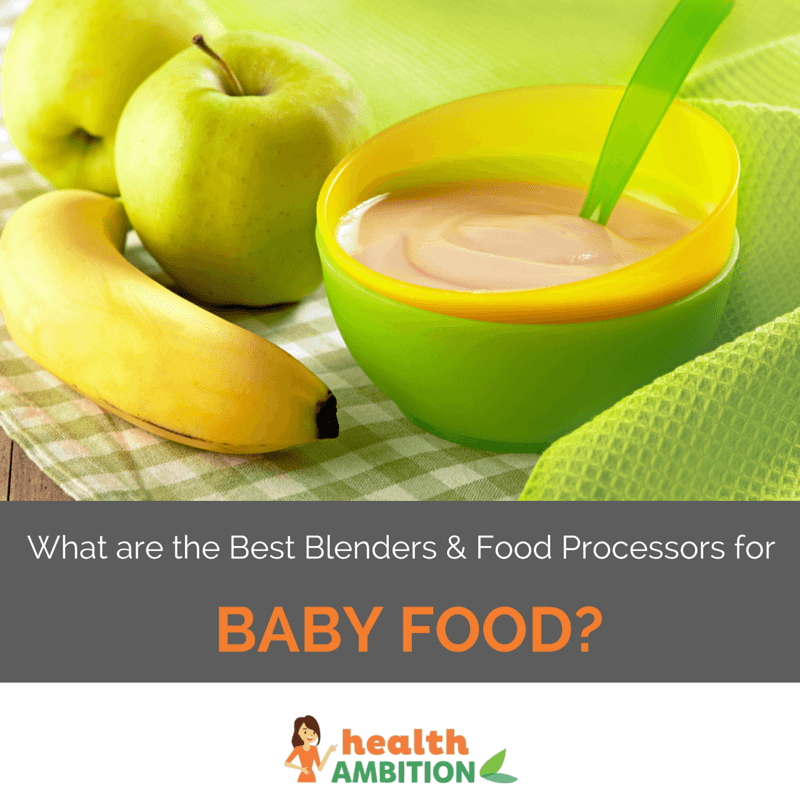
- Good volume.
- Mass of useful components in the composition.
- Economical.
- Pleasant, revitalizing aroma.
- Caring properties.
Cons:
- The top cover leaks with regular use.
Massage oil My sunshine
See also: 7 best baby powders
4 Bubchen
For 80 years, the German company Bubchen has been pleasing mothers and their babies with their products. In the domestic market, the manufacturer has gained fame as a reputable brand, under the brand name of which only high-quality baby skin care products are sold.
Gentle and light, almost odorless, Bubchen Baby Oil can be used as a cleanser for the delicate skin of a newborn baby.
Comfortable bottle waist prevents accidental slipping out of hands. The product is dosed through the top hole in the lid. The lid fits very tightly to the top, preventing the oil from spilling out.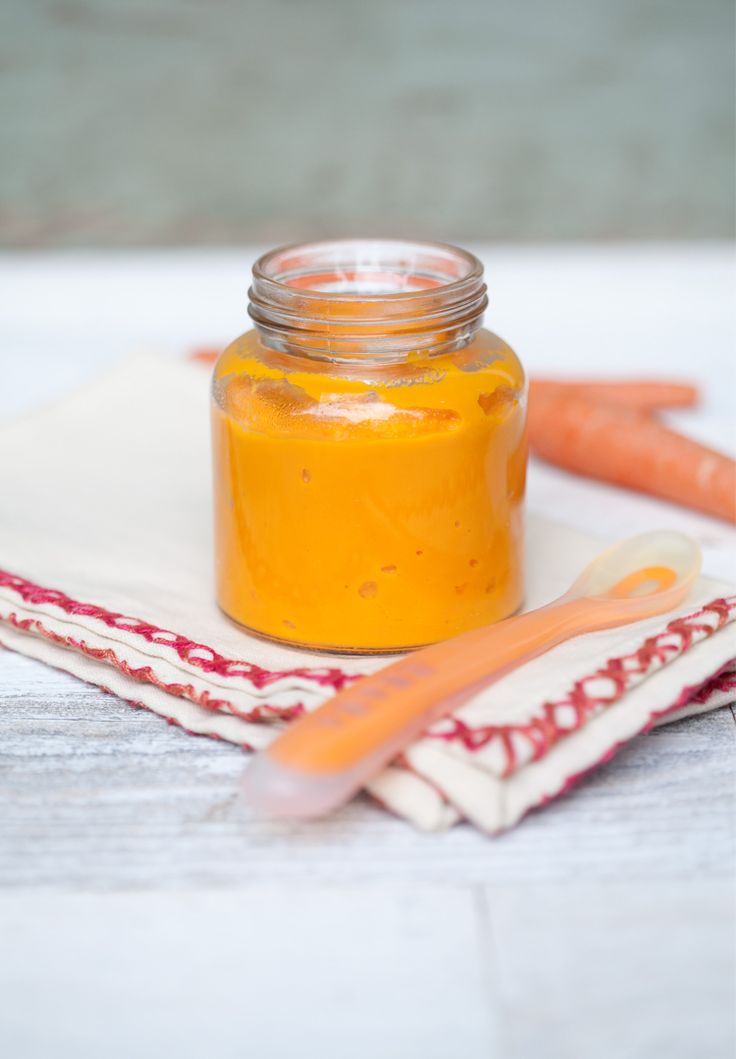
The content itself is thin, yellowish-transparent. The uniform consistency is a little oily, but when applied to the skin it is well distributed and quickly absorbed.
It is great for dryness and flaking. The basis of the product is sunflower oil and shea butter. If there are small wounds on the skin, retinol in the composition will contribute to the speedy healing, and the medicinal calendula extract will soothe and relieve irritation.
Thanks to its good concentration, the product is very economical. A pleasant unobtrusive natural fragrance will enhance the emotions of use.
Pros:
- Easy to apply.
- Absorbs well.
- Economical.
- Smells good.
- Perfectly cares for baby's skin.
- Relieves irritation.
Bubchen Baby Oil In the top three is moisturizing baby oil from the Japanese brand Pigeon. Products belong to the mid-price segment. Approved for use by children from birth.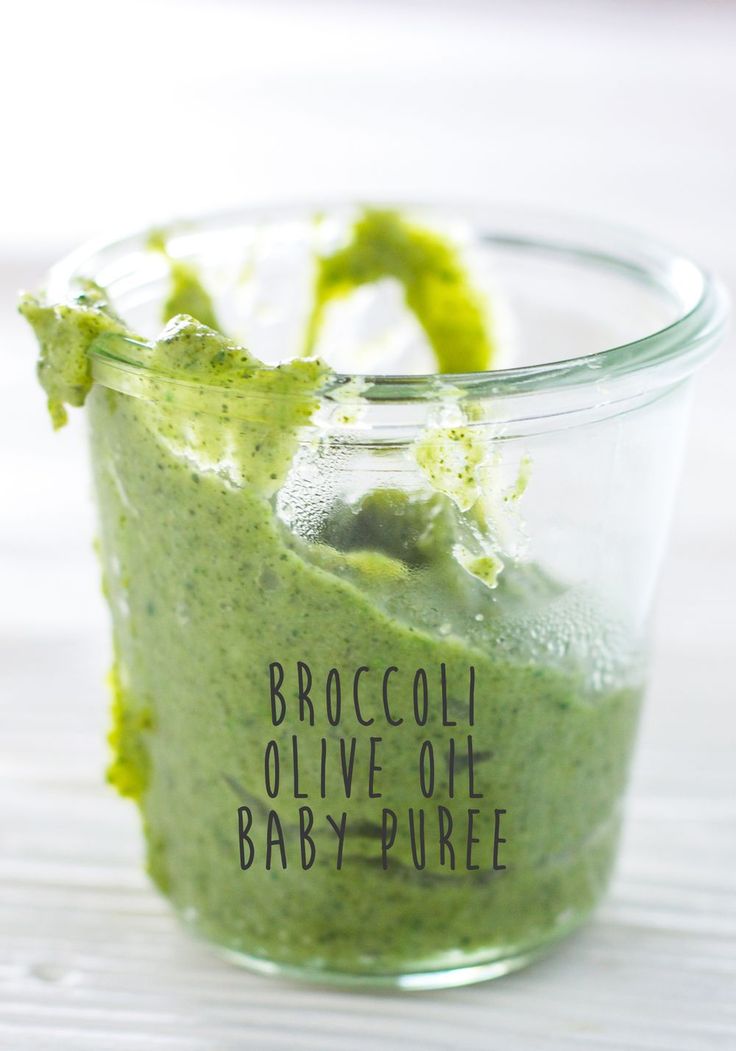
The handy spout allows you to dispense the product in drops or a fine stream. A jar with a bevelled side fits comfortably in the hand and does not slip. It is completely transparent and odorless. When applied, it is instantly absorbed, forming a protective film on the surface of the skin.
The product perfectly copes with its purpose - it moisturizes children's skin. The basis of the product (almost 80%) is caprylic triglyceride (a derivative of coconut oil). Caprylic triglyceride is a unique ingredient. It moisturizes the skin, protects it from the loss of its own moisture, and has conditioning properties.
The oil does not cause irritation, improves slip, so it can be used as a massage oil.
Despite its natural origin, it is absolutely inert when in contact with the skin, and due to the thinnest protective film that forms during application, it includes the internal resources of the baby's integument, helping to cope with problems with the body's own forces. Ideal for dry skin, as well as a protective prophylactic.
Ideal for dry skin, as well as a protective prophylactic.
Pros:
- Hypoallergenic.
- Non-greasy.
- Convenient dispenser spout.
- Absorbs quickly.
- Contains natural herbal ingredients.
- Odorless.
Cons:
- The volume of the bottle is only 80 ml.
Moisturizing baby oil Pigeon
2 Mustela
The second place in the ranking is occupied by Mustela massage oil from a French company that has been developing and producing professional cosmetics for the little ones for 60 years. The product range includes not only oils and creams for the care of delicate children's skin, but also products for cleansing and bathing.
Mustela is suitable for babies from birth. It is based on sunflower oil and avocado oil. The latter has a particularly delicate texture and excellent caring characteristics.
Mustela is intended for the care of normal children's skin, which also needs careful care, even though there are no obvious problems.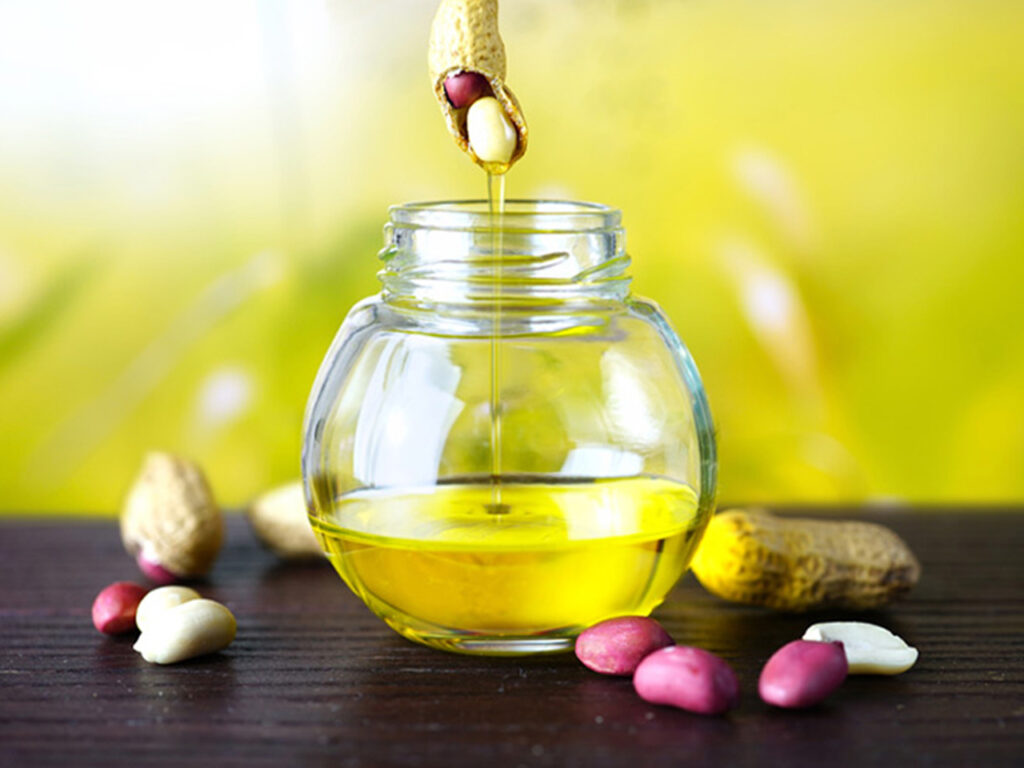
Packaged in a 100 ml cylindrical bottle with a convenient spray dispenser that dispenses the contents of the pack in a fine stream.
When applied, it absorbs quickly and leaves no greasy residue. After use, the baby's skin becomes soft, tender, well hydrated.
Due to its high concentration and precise dosing, Mustela is very economical and facilitates massage. Contains in its composition a perfumed fragrance, which gives the product a pleasant smell and has an aromatherapeutic effect.
Pros:
- Moisturizes and nourishes baby's skin well.
- Easy to apply.
- Absorbs quickly.
- Leaves no greasy residue.
- Handy dispenser.
- Smells good.
Cons:
- The fragrance is very strong and can start to irritate.
Mustela massage oil
1 Weleda with calendula unscented
The leader of the rating is the authentic Weleda baby oil. The company is engaged in the production of caring cosmetics exclusively from natural raw materials grown in ecologically clean areas without the use of inorganic fertilizers and chemical processing.
The company is engaged in the production of caring cosmetics exclusively from natural raw materials grown in ecologically clean areas without the use of inorganic fertilizers and chemical processing.
Weleda contains only two ingredients - sesame seed oil and calendula flower extract. It is used to care for the skin of babies from birth. It can be used as a gentle cleanser for delicate care of the delicate integument of the crumbs.
Works great on irritation and redness. It has a softening and firming effect. Ideal for the most sensitive skin, because it does not contain auxiliary components and essential fragrances.
Weleda oil is packaged in a plastic bottle that has special notches on the sides for fingers to make it easy to hold the package when dispensing. Classic dispenser - the product is measured through a small divider under a hinged lid.
The product has excellent organoleptic properties, is easy to apply, absorbs well, fills the baby's skin with useful care. Thanks to the extract of calendula, it instantly copes with irritation, preventing the reappearance of redness and diaper rash.
Thanks to the extract of calendula, it instantly copes with irritation, preventing the reappearance of redness and diaper rash.
Pros:
- Hydrates and nourishes.
- Softens.
- Perfectly protects delicate skin.
- Instantly relieves redness and irritation.
- Fragrance free.
- Leaves no residue.
- Economical in consumption.
Cons:
- Price.
Weleda Calendula Baby Oil unscented
Which baby oil is better to buy
When buying a care product, it is important to choose not just the best, but also the right oil, because it can replace a whole arsenal of cosmetic products for the care of your baby's delicate skin.
With it, you can gently cleanse your baby's skin, moisturize it, nourish it, gently care for every crease in the swaddling area to avoid diaper rash and irritation.
The right product can even be used under the diaper instead of the usual cream and powder.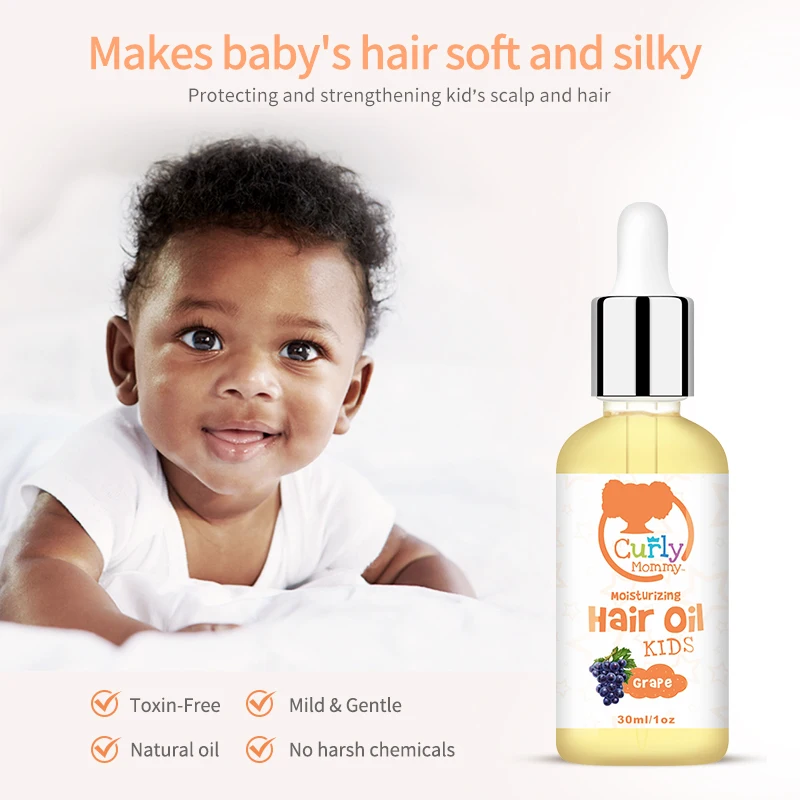 And it is also indispensable for massage, which improves tactile contact with the mother, helps relieve hypertonicity in the baby, and has a relaxing effect.
And it is also indispensable for massage, which improves tactile contact with the mother, helps relieve hypertonicity in the baby, and has a relaxing effect.
In addition to the composition, pay attention to the consistency of the product. The massage oil should be thick enough. If it is quickly absorbed, the stroking effect will not be so pleasant for the baby. The right massage tool not only improves gliding, but also has a slight warming effect.
But for the purpose of care, it is better to take lighter textures that are quickly absorbed and have good potential. Depending on the problems that the baby is experiencing, choose either moisturizing, or nutrition, or relieving irritation. Sometimes you have to deal with a problem in a complex way - then give preference to a multifunctional oil with a set of caring extracts and components in the composition.
Pay attention to the dispenser. It is better when he accurately doses the product, because oil is a fat that leaves ugly stains on surfaces and clothes.